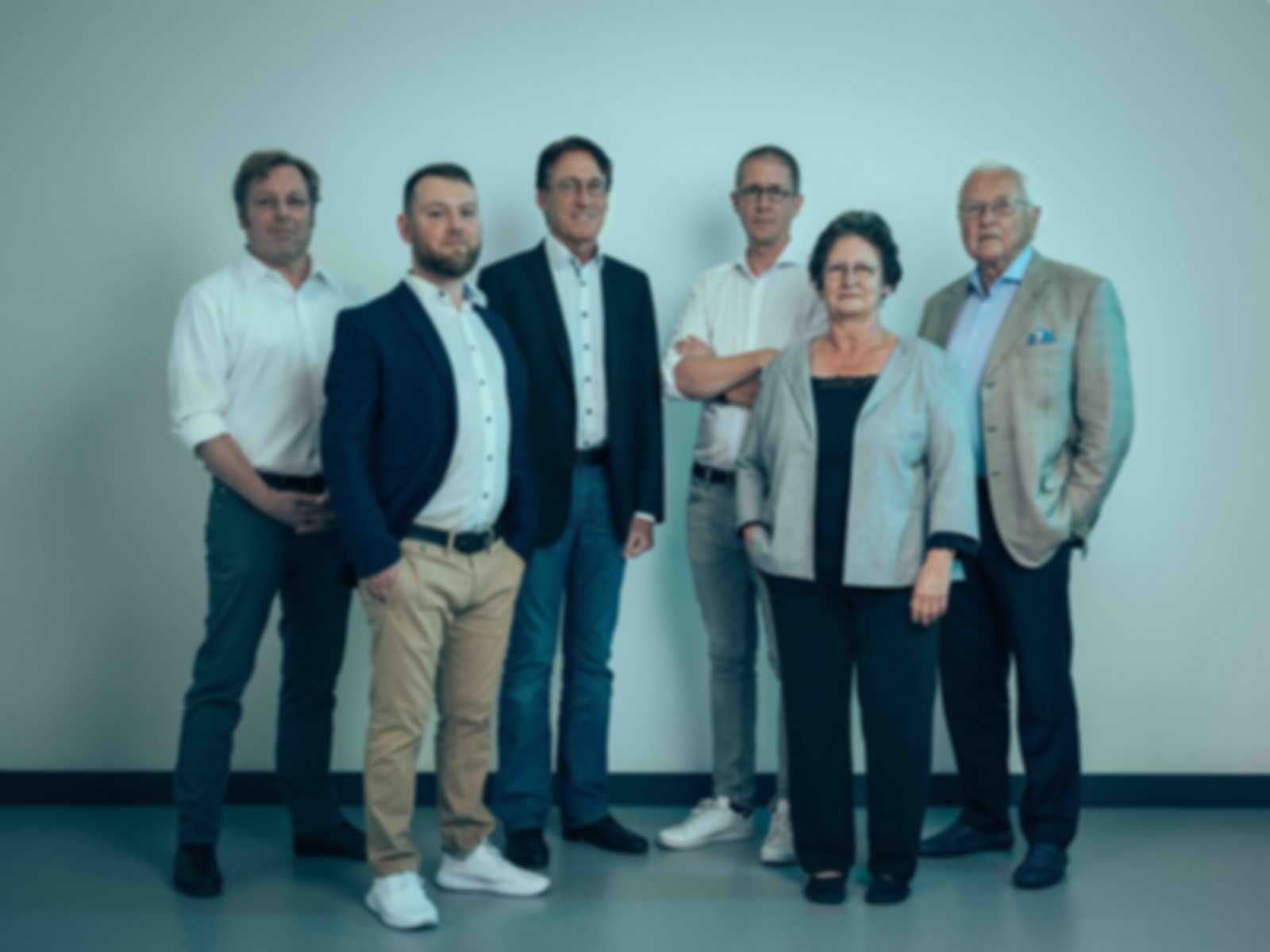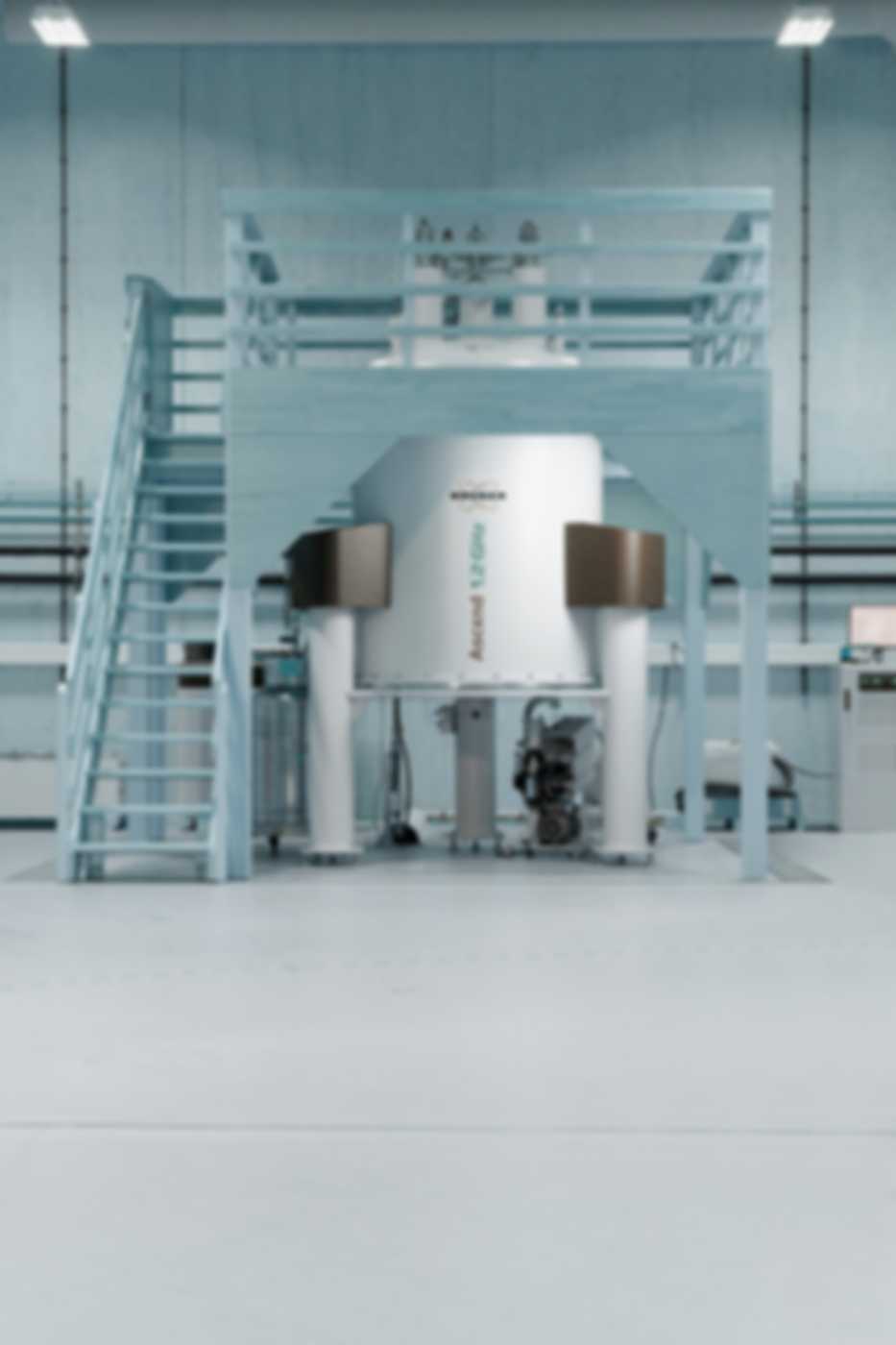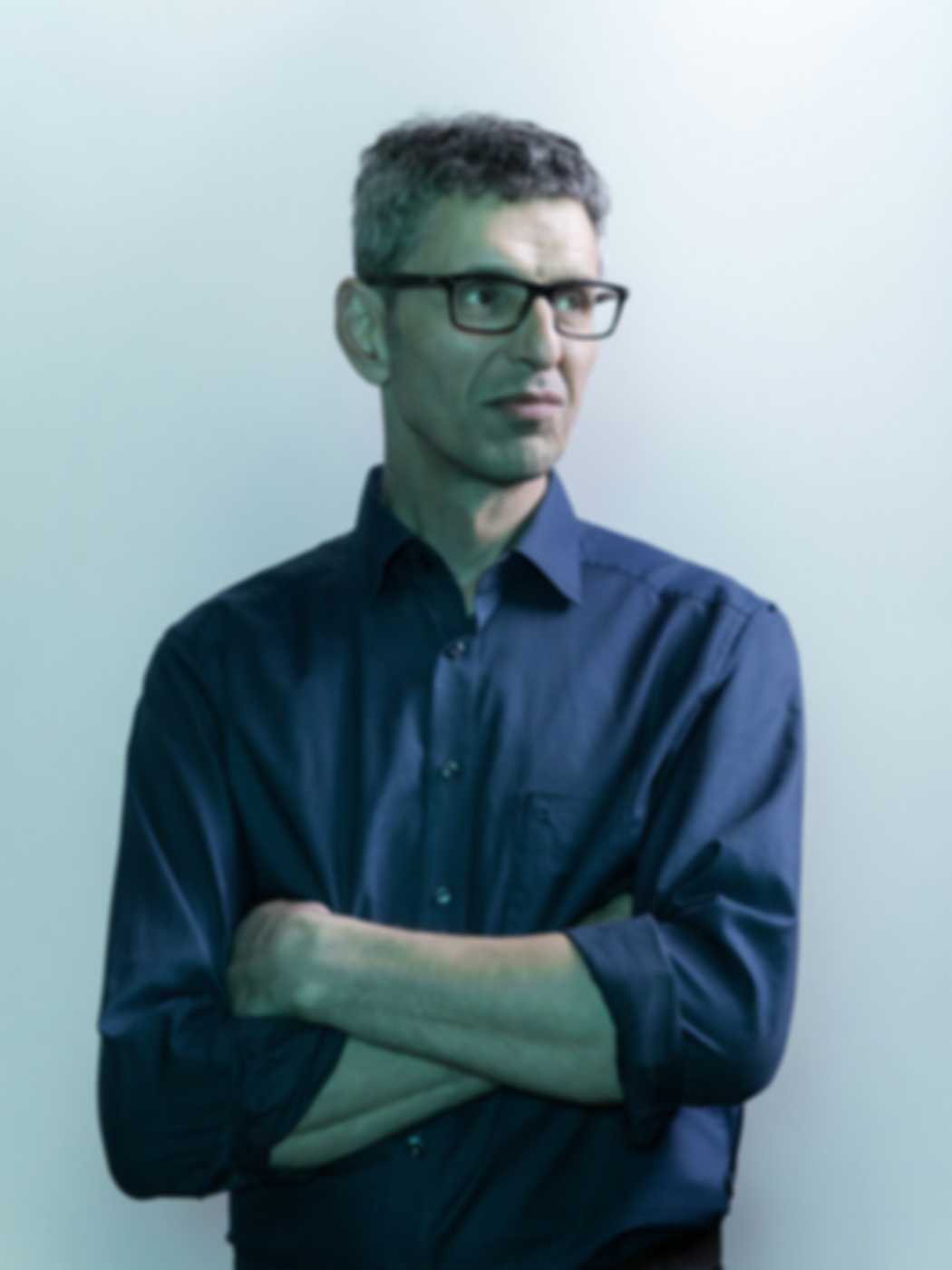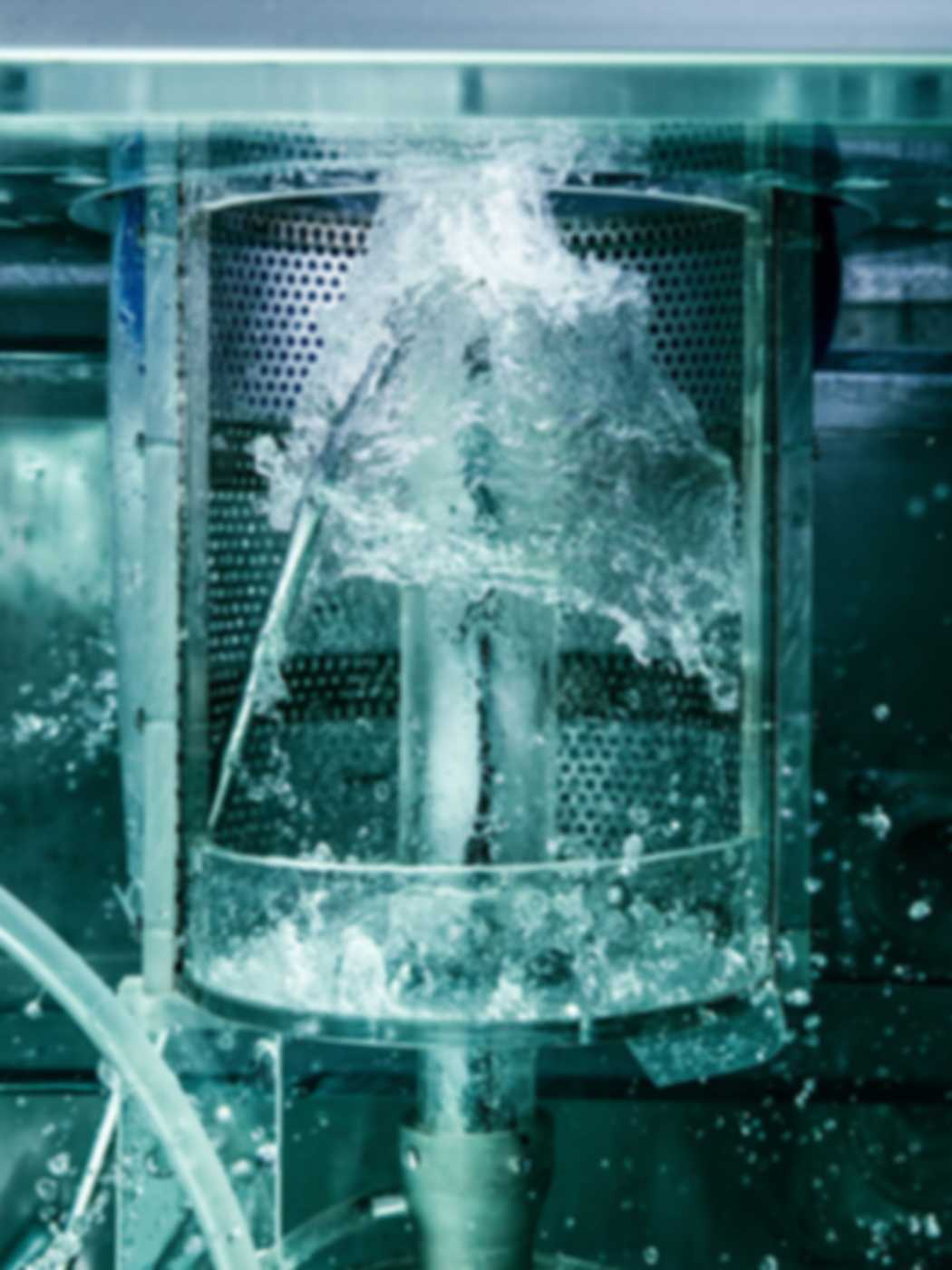In the far distance, yet so close: The holodeck will completely revamp the way we communicate
The Innovator: Miro Taphanel, passionate engineer and problem cracker
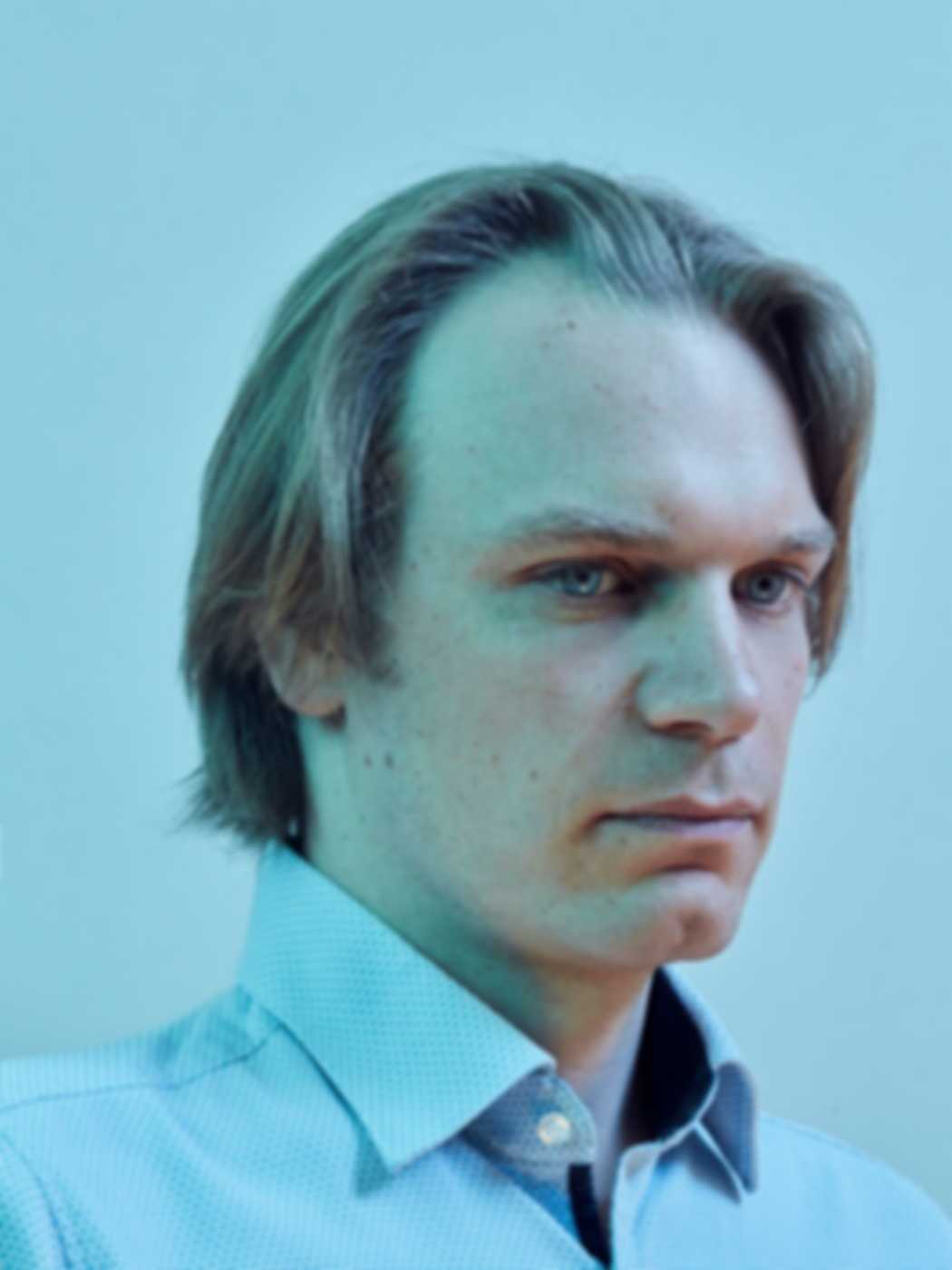


Miro Taphanel always wanted to be an engineer. After all, engineers create the products we surround ourselves with. They crack existential problems. So he first studied mechanical engineering and then switched to computer science because he was particularly attracted by the even greater complexity. You could say that Miro Taphanel feels quite at home in today's world of technology and complexity; he lives, researches and develops on the principle: Everything you don't know is interesting.
By the way, the private Taphanel also exists, he goes sailing when he can - not casually, but with regatta ambition. Otherwise, he lives with his wife, young son and daughter quite well in Karlsruhe
, as he says, in a self-built house.
From Karlsruhe, Miro Taphanel also drives his own company, Gixel, ahead. Together with his co-founders Felix Nienstädt and Ding Luo, he is currently cracking a massive problem: the future of remote communication.
Felix Nienstädt is computer scientist and graduate engineer architect, with vast experience in data processing and all matters AI. He has set up and maintained data warehouses, among other projects. He uses his extensive programming knowledge to develop software that is as excellently conceived as it is easy to maintain. Ding Luo holds a PhD in a highly intricate field: high-speed surface profilometry based on adaptive microscopy. He is considered an expert in the fields of optical measurement systems and computational imaging. His specialty: the rapid translation of theory into functional software.
The innovation: The holodeck takes remote communication to a new level
What is this mysterious holodeck? A real room that a real person enters to meet and communicate virtually
with one, 2, 3 or 15 other real people. Without everyone having to be in the same physical location. In the holodeck you perceive other people and things visually and acoustically quite realistically. You are in contact with them in a way that feels totally real
- not like being in an under-complex, overly-tired video conference.
The realistic, real, most natural thing about remote communication is what's new, the killer application,
as Miro Taphanel calls it. And to create this realness, the holodeck is packed with perfectly tuned technology, with high-precision localization and video technology. What's more, the person in the holodeck wears AR glasses that Gixel developed entirely in-house. They have an extremely large viewing field, creating an immersive feeling of closeness. It's also as small and lightweight that you can wear them like regular glasses - while simultaneously sitting at a computer, for example, and working, in other words, being productively in the here and now. By the way, the whole holodeck system is held together by brilliant software,
Taphanel emphasizes non-chalantly.
So: communication in the holodeck is as natural, human-friendly and complex as remote communication can be. The human body is captured life-size here, you have real eye contact and are able to communicate non-verbally via facial expressions, gestures, posture and body movements. Very important: You can be in contact with several people at the same time, feel and use the dynamics of groups.
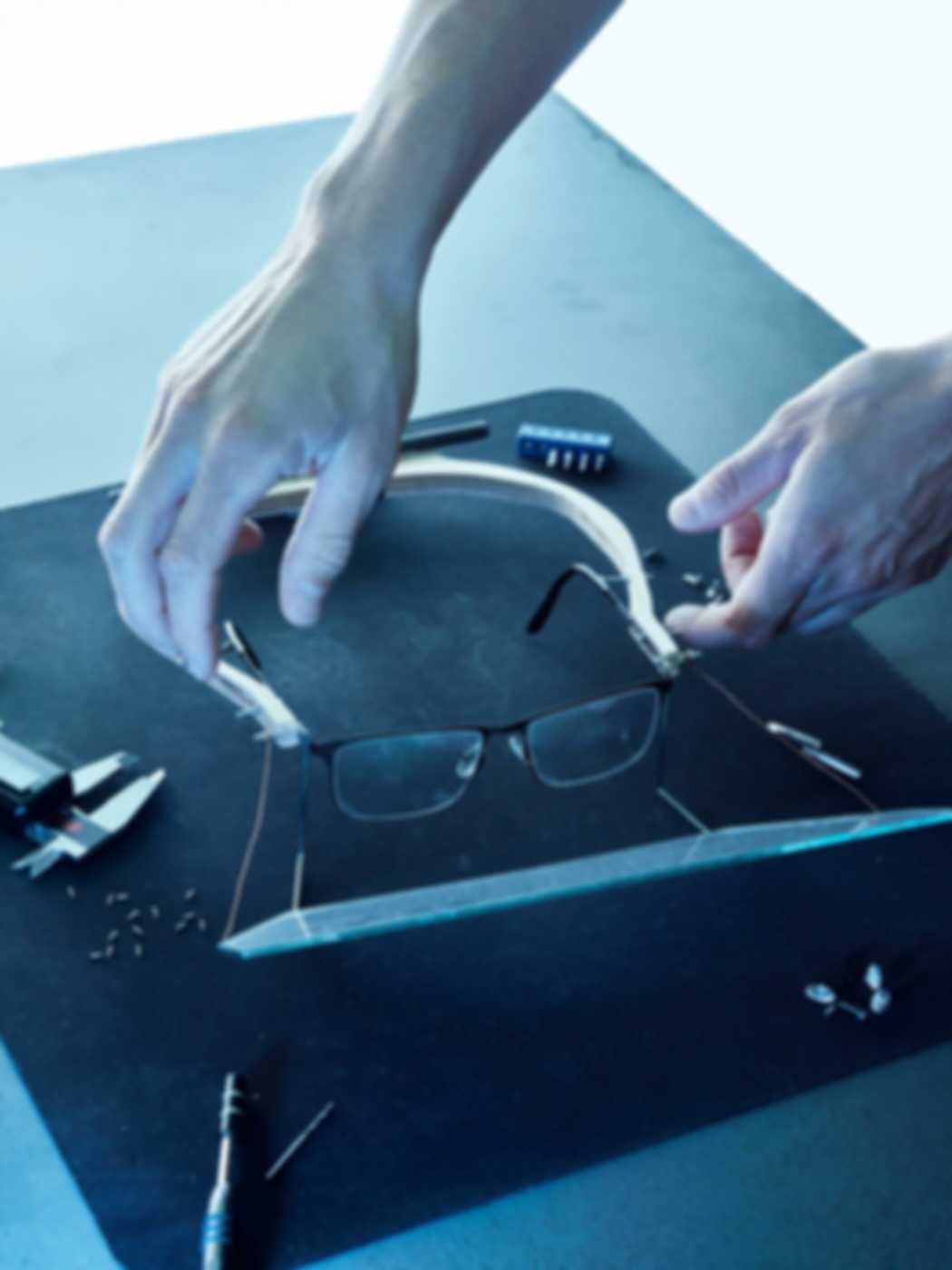
Miro Taphanel is convinced the holodeck will enable everything that characterizes complex human communication. It takes remote communication to a new level. And this will massively change our society, because the physical location loses importance when a perceived real
meeting in the holodeck is possible at any time. For internationally operating companies, this means, for example: Why should employees produce immense travel costs and climate damage because they have to travel by car or airplane for hours in order to attend meetings while overtired? It's better to set up a holodeck, have a stress-free meeting, communicate naturally and, last but not least, protect the climate.
Are we really that far along? Absolutely,
says Miro Taphanel. At Gixel, we already don't do video conferencing. We only meet in the holodeck.

Federal Research Minister Bettina Stark-Watzinger was already able to test the prototype during her visit to SPRIND on 14 March 2022 (see photo on the right). Since October 2021, Gixel has been working together with SPRIND on the next step towards series production. With financial and technical support from the Federal Agency for Breakthrough Innovation, the holodeck is set to climb important next steps.
This first generation of the holodeck was a static system. A screen was mounted on the ceiling above the user, which meant that they could only immerse themselves in augmented reality when directly under the screen, which was great for video meetings, but not compatible with everyday life on the go.
Gixel therefore aims to make the holodeck mobile and was able to present the second generation at the end of 2023. A specially developed display is now integrated into the frame of the glasses, which makes the screen on the ceiling obsolete. The glasses are slim – much slimmer than other products on the market – but still not as slim or as lightweight as one would wish for everyday use.


This is why Gixel is already hard at work on the third generation. Through the further development of the optics, Gixel hopes to make its augmented reality glasses almost indistinguishable from conventional glasses. The holodeck can then become an everyday companion.
After a visit to Gixel, c't reports on what makes the holodeck so special and how the system feels in action. Click here for the German article in the c't magazine.
More about Gixel: https://gixel.de/

00:00

WHY WE ARE INVOLVED Because with this project we are making augmented reality suitable for everyday use. Because the technical approach breaks previous boundaries. Because the potential is immeasurable.
WHAT WE DO Creating a company out of a research project. Provide brilliant innovators with the network and capital to bring their innovation to application.
CREATE FREEDOM, SET GOALS The innovators define the technical direction, SPRIND accompanies the project as a close partner and supports groundbreaking decisions.
THE POTENTIAL WE SEE The online meetings revolution. Augmented reality as a future industry. AR glasses as a daily companion and platform technology.
